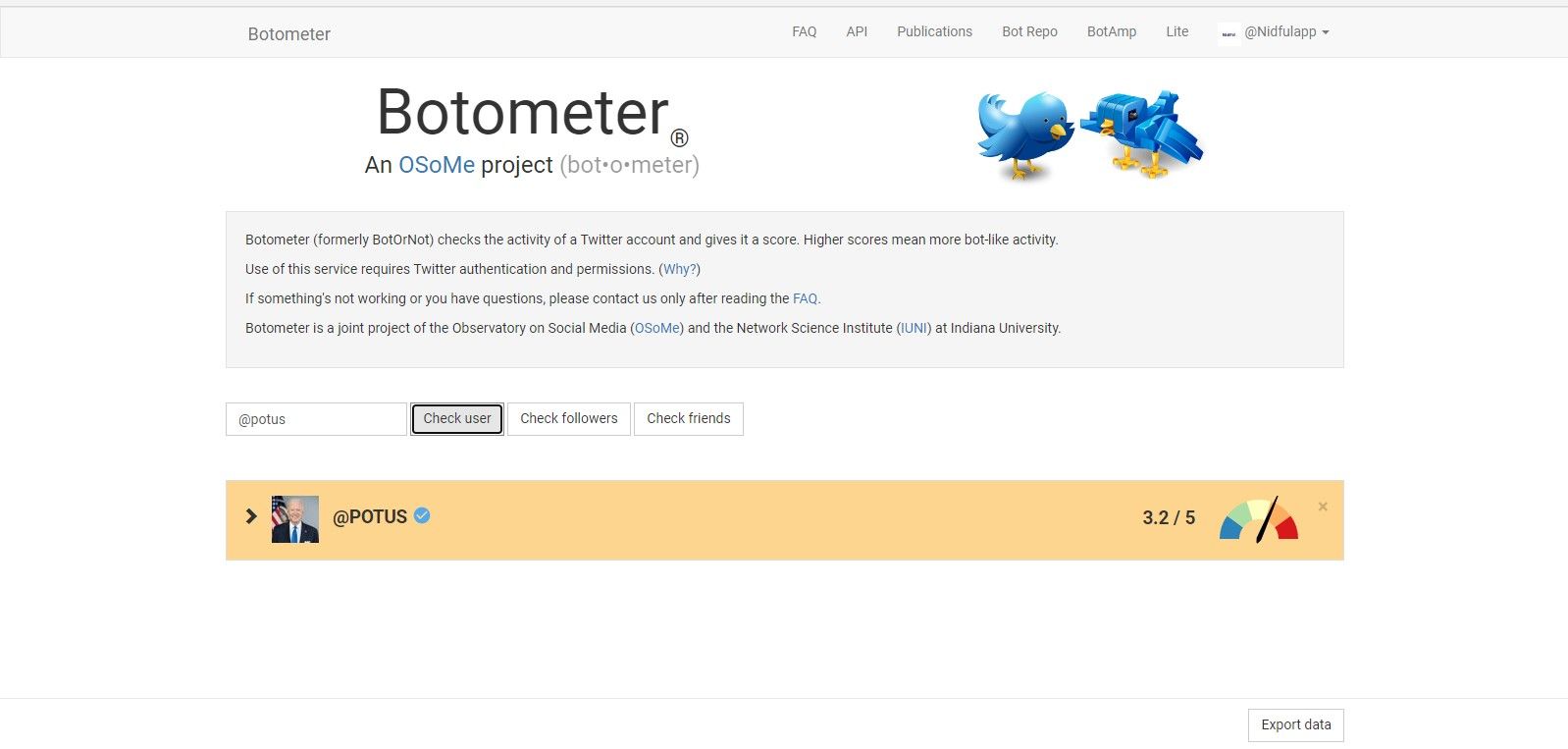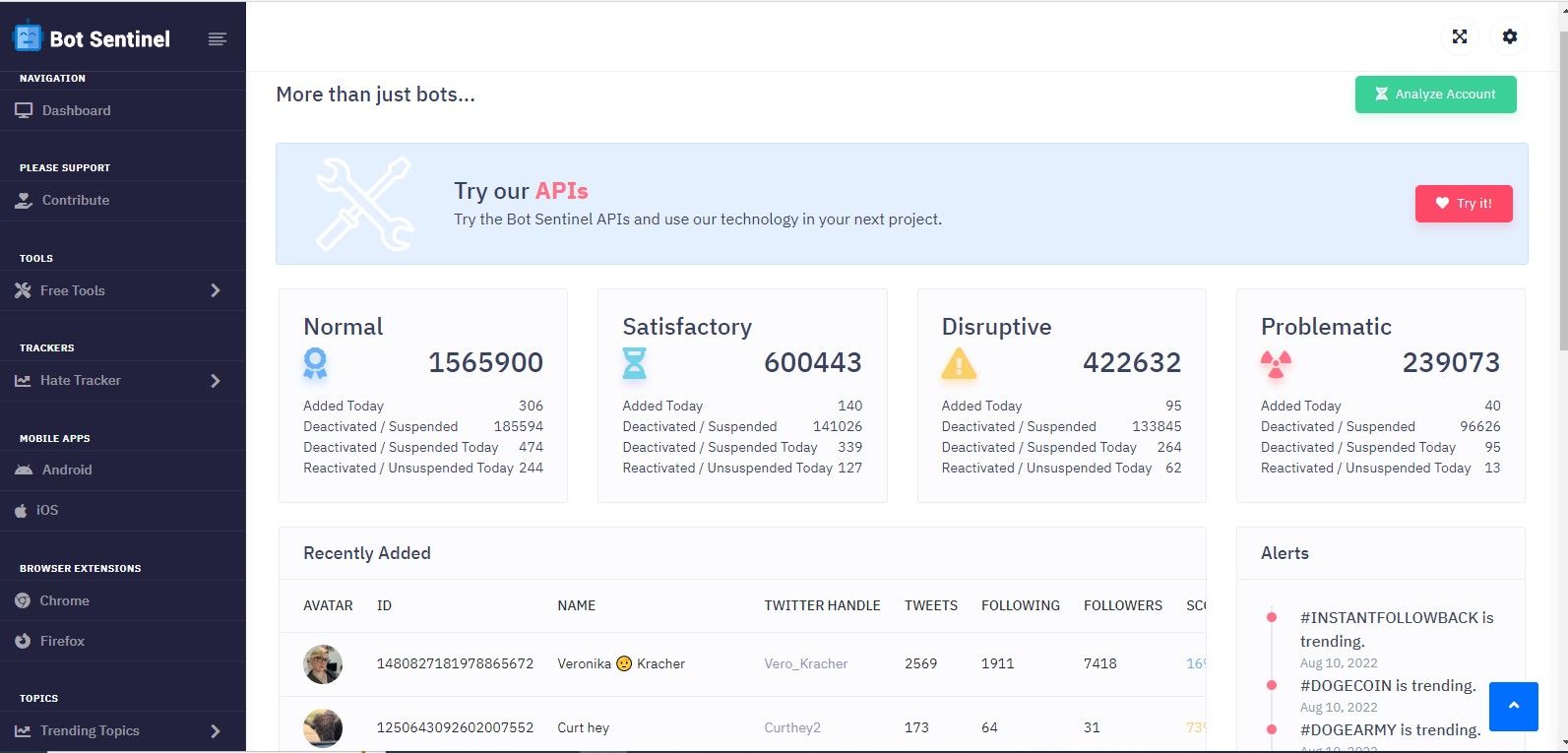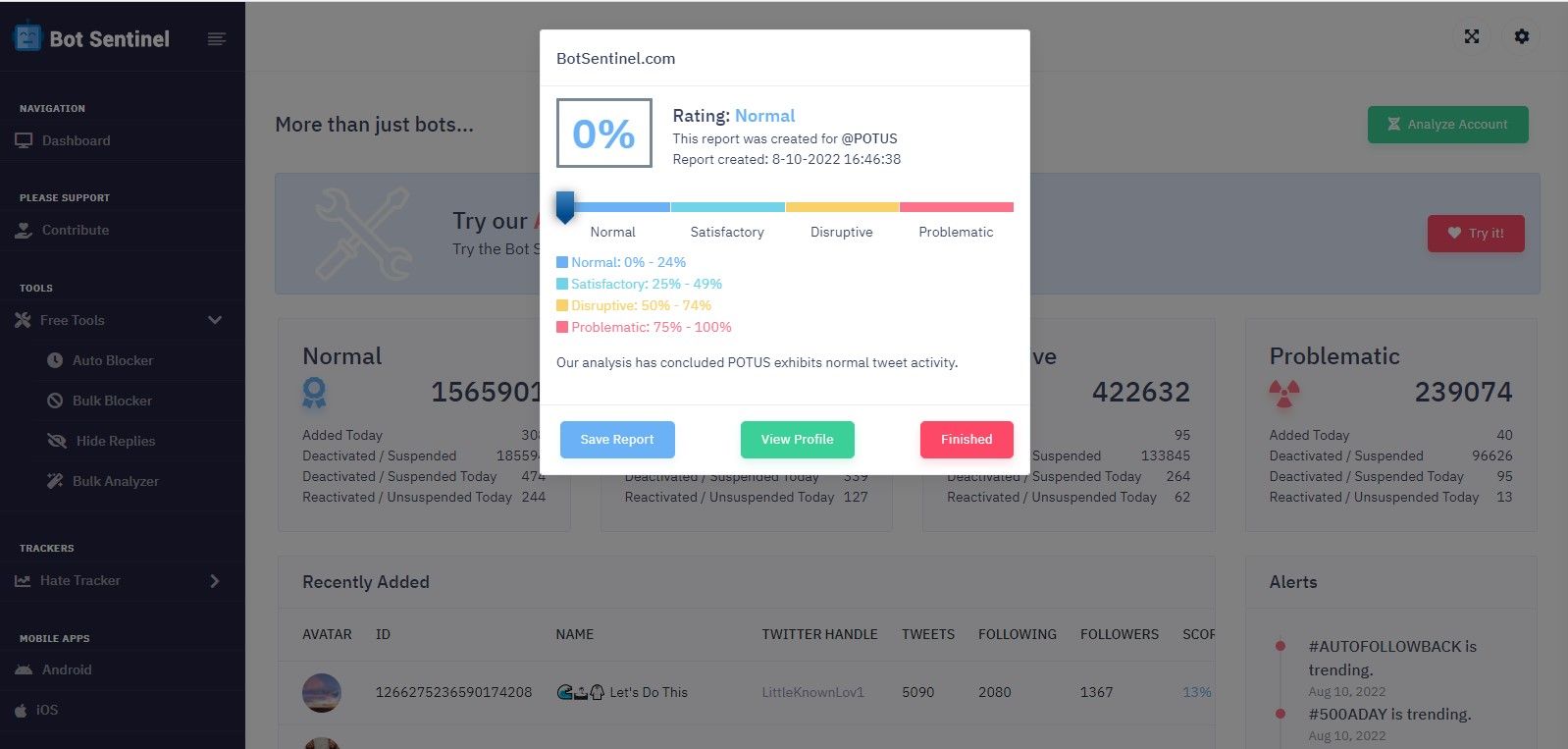One of the best parts of using Twitter is having access to an endless stream of discussions on trending topics. From social and health chats to government and geopolitical debates, Twitter has a little bit of everything for everyone.
Unfortunately, among the thousands of Tweets that appear on your Twitter timeline, a significant number of them may be artificial opinions, designed to deceive the Twitter community. These manufactured thoughts – usually spread by bots – can cause a lot of damage. So how can you identify these bots in order to protect yourself from being scammed?
Why should you care about Twitter bots?
Well, Twitter bot issues are a potential problem for everyone using the platform. Depending on whose statistics you believe, there are between 10 million and 50 million bots on Twitter. If you go by Twitter’s official statistics that say 5% of its active users are bots, then we’re looking at around 16 million bots on the platform.
With such a high density of bot accounts, there is a good chance that you have been affected in one way or another by them. If you haven’t been influenced yet, sooner or later, it might.
Some of those annoying comments that really piss you off might be from a bot. Those tweets that praise certain products, sometimes enough to make you want to buy, could be from a bot. These artificial thoughts can keep you misinformed or subtly lead you to make misinformed decisions.
The moment you confuse a bot with real people, you become susceptible to their malicious schemes. However, not all bots are bad, we have previously discussed the difference between good and bad bots. You can save yourself from being a victim of bad bots by learning to tell organic tweets created by real people from those created and spread by bots.
How to identify bots on Twitter
Below, we’ve put together four easy ways to tell a bot from a real person on Twitter.
1. Tweet History
Malicious bots are almost always created with an agenda in mind. It may be to influence elections or to distort people’s perception of certain social issues. Consequently, many bot accounts typically tweet and retweet almost exclusively for a particular agenda.
You will find their tweets and replies quite similar, and in some cases, a copy-paste of their other replies. If you suspect an account is a bot account, click on their profile and check for similarities in their tweets and replies.
2. Geographical origin of tweets
Some countries tend to be more guilty of creating malicious bots than others. An account that shows “bot-like activity” and originates from a high-risk geographic location is more likely to be a bot than those from other geographic locations. This is why “Russian bots” are a thing on Twitter.
So if an account’s tweets look suspicious and come from sites associated with state-sponsored bot campaigns, you should treat these accounts with caution. However, it is important to clarify that there are also millions of legitimate users from these so-called high-risk countries.
3. Nature of Tweets
Although Twitter bots come in various sophistications, many of them are usually not very advanced in constructing tweets. Their poor ability to create intelligent and human responses may sell them someday.
Also, many bot tweets come with links, usually pointing to external sources that support whatever view they are trying to promote.
There is a limit to how much you can do manually when trying to identify a bot. Some robots are so sophisticated that there may be no obvious signs that they are robots.
In addition to your intuition and the tips we’ve shared, there are several web-based tools you can use to narrow down whether an account or group of accounts are bots or not.
Botometer
Botometer is a web-based bot detection tool that can help you distinguish a bot account from a human-operated account in seconds. Developed and managed by Indiana University, the bot detection platform uses a wide range of data sets to calculate a “likelihood score” that an account is a bot.
The score is displayed on a scale of 0 to 5, with zero being the least likely to be a bot and five being the most likely to be an automated account.
- To use the tool, visit the Botometer homepage on your desktop or mobile browser
- Type the Twitter handle of the account you want to check in the box labeled Login @Name on Screen.
- Tap the labeled button check out The user and wait for the tool to complete the analysis and present a score.
If you are still in doubt about the results of the analysis, you can take things further by analyzing the followers of the account in question. To do this, after entering your Twitter username to check, instead of tapping Check Usertouch Check followers. A disproportionately large number of bot followers increases the likelihood that the account is a bot account.
It is important to note that just meeting one of the criteria we have shared is not enough to conclude that an account is a bot.
Sentinel bot
Bot Sentinel is one of the most powerful and accurate Twitter bot detection platforms you can find. All you need to check if an account is a bot is the username of the account. In addition to checking an individual account, you can analyze all accounts that interact with your tweets.
Once you’ve verified your Twitter account on the platform, you can automatically scan your tweets for bot replies and, if necessary, hide replies or block the associated account automatically with little or no human input . Bot Sentinel also has a large collection of recently flagged potential bot accounts that you use for cross-validation.
While analyzing an account, Bot Sentinel also provides a list of topics the account typically tweets about. To use the Bot Sentinel tool:
,
- Visit Botsentinel.
- touch ANALYZE ACCOUNT at the top of the page.
- Enter the name of the suspected account user with the @ symbol in the text input box and press submit.
An account analysis should appear within seconds. You’ll also find some other bot detection tools to play with in the sidebar menu of the Bot Sentinel homepage.
Protect yourself from toxic bots
Despite all its flaws, Twitter is still one of the best places to get information on a wide range of topics. As long as you choose to use the platform, it is important to protect yourself from the schemes of malicious users.
Don’t fall victim to misinformation and propaganda spread by bots on the platform. Although there is no surefire method to identify a bot, feel free to use a combination of the methods we’ve shared to protect yourself from fraud.









